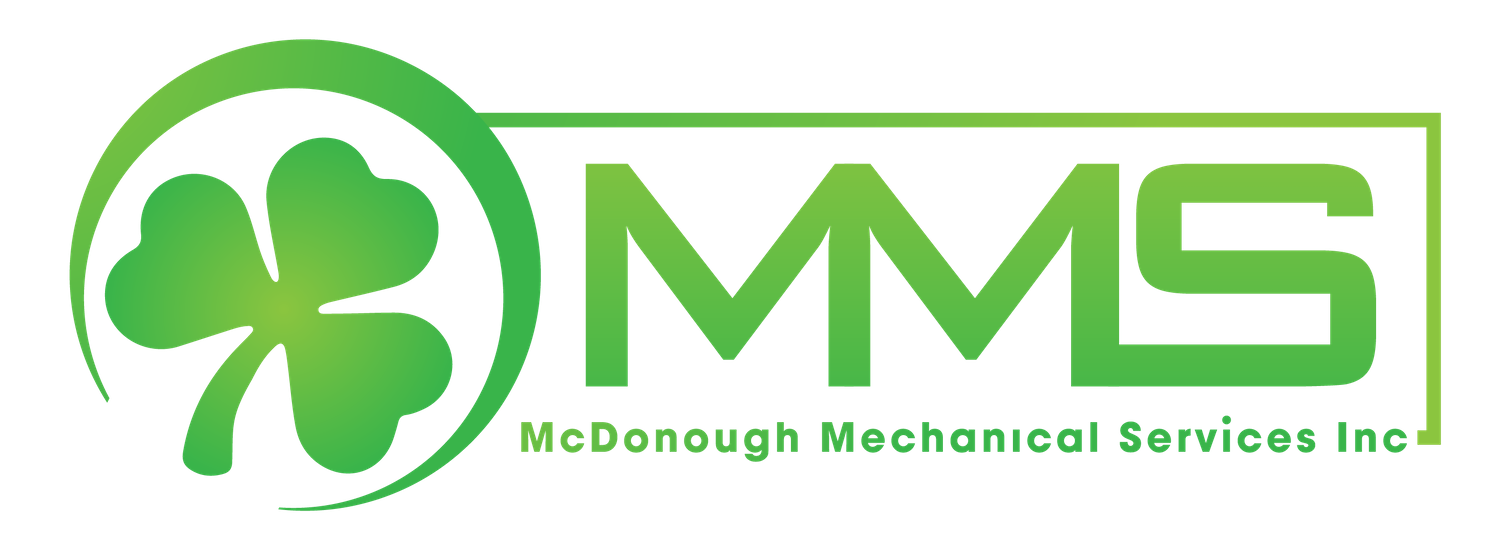P & ID Generation & Plant Design
The generation of Piping and Instrumentation Diagrams (P&IDs) and the overall plant design for industrial refrigeration systems are critical steps in ensuring efficient, safe, and reliable operation.
Here’s an overview of the process and key considerations:
P&ID Generation
1. Purpose of P&IDs:
- Blueprints for the System: P&IDs provide detailed diagrams showing the interconnection of process equipment and instrumentation.
- Communication Tool: Used to communicate the design intent to engineers, operators, and maintenance personnel.
- Documentation: Essential for regulatory compliance and future troubleshooting or modifications.
2. Key Components in P&IDs:
- Process Equipment: Compressors, condensers, evaporators, heat exchangers, and pressure vessels.
- Piping: All piping including the size, material, and insulation details.
- Valves: Types and locations of valves such as isolation valves, control valves, and pressure relief valves.
- Instrumentation: Details of sensors, controllers, and alarms.
- Flow Direction: Indication of the flow direction of refrigerants and other fluids.
- Control Loops: Representation of control loops including sensors, transmitters, controllers, and final control elements.
3. Steps in P&ID Creation:
- Gather Information: Collect all relevant information, including process flow diagrams (PFDs), equipment specifications, and process requirements.
- Initial Draft: Create an initial draft based on the process flow and equipment layout.
- Review and Revision: Review the draft with all stakeholders, including process engineers, safety personnel, and maintenance teams, and make necessary revisions.
- Finalization: Finalize the P&ID after thorough validation to ensure accuracy and completeness.
- Updating: Keep the P&ID updated with any changes or modifications to the system.
Plant Design
1. Design Objectives:
- Efficiency: Optimize the design for energy efficiency and operational performance.
- Safety: Ensure the design meets all safety regulations and standards.
- Reliability: Design for long-term reliability and ease of maintenance.
- Scalability: Allow for future expansion or modifications.
2. Key Design Considerations:
- System Requirements: Define the refrigeration capacity, temperature ranges, and specific process requirements.
- Equipment Selection: Choose appropriate compressors, condensers, evaporators, and other components based on the system requirements.
- Piping Layout: Design the piping layout to minimize pressure drops and ensure proper refrigerant flow.
- Control Systems: Implement robust control systems for precise temperature and pressure control.
- Heat Recovery: Consider incorporating heat recovery systems to improve overall energy efficiency.
- Insulation: Ensure all pipes and components are adequately insulated to prevent heat gain and condensation.
- Redundancy: Design for redundancy in critical components to ensure system reliability and continuous operation.
3. Regulatory Compliance:
- Local Codes and Standards: Adhere to local building codes and industry standards such as ASHRAE and IIAR.
- Environmental Regulations: Ensure compliance with environmental regulations regarding refrigerants and emissions.
- Safety Standards: Follow OSHA guidelines and other relevant safety standards.
4. Detailed Design Process:
- Conceptual Design: Develop a conceptual design based on initial requirements and constraints.
- Feasibility Study: Conduct a feasibility study to evaluate the technical and economic viability of the design.
- Detailed Engineering: Perform detailed engineering calculations, select equipment, and finalize the design.
- 3D Modeling: Create 3D models to visualize the plant layout and identify potential issues.
- Construction Drawings: Generate construction drawings, including detailed plans for installation, piping, and instrumentation.
5. Implementation and Testing:
- Construction: Oversee the construction and installation of the system according to the design specifications.
- Commissioning: Conduct commissioning tests to verify that the system operates as intended.
- Training: Train operators and maintenance personnel on the system’s operation and maintenance procedures.
- Documentation: Provide comprehensive documentation, including P&IDs, operating manuals, and maintenance schedules.
